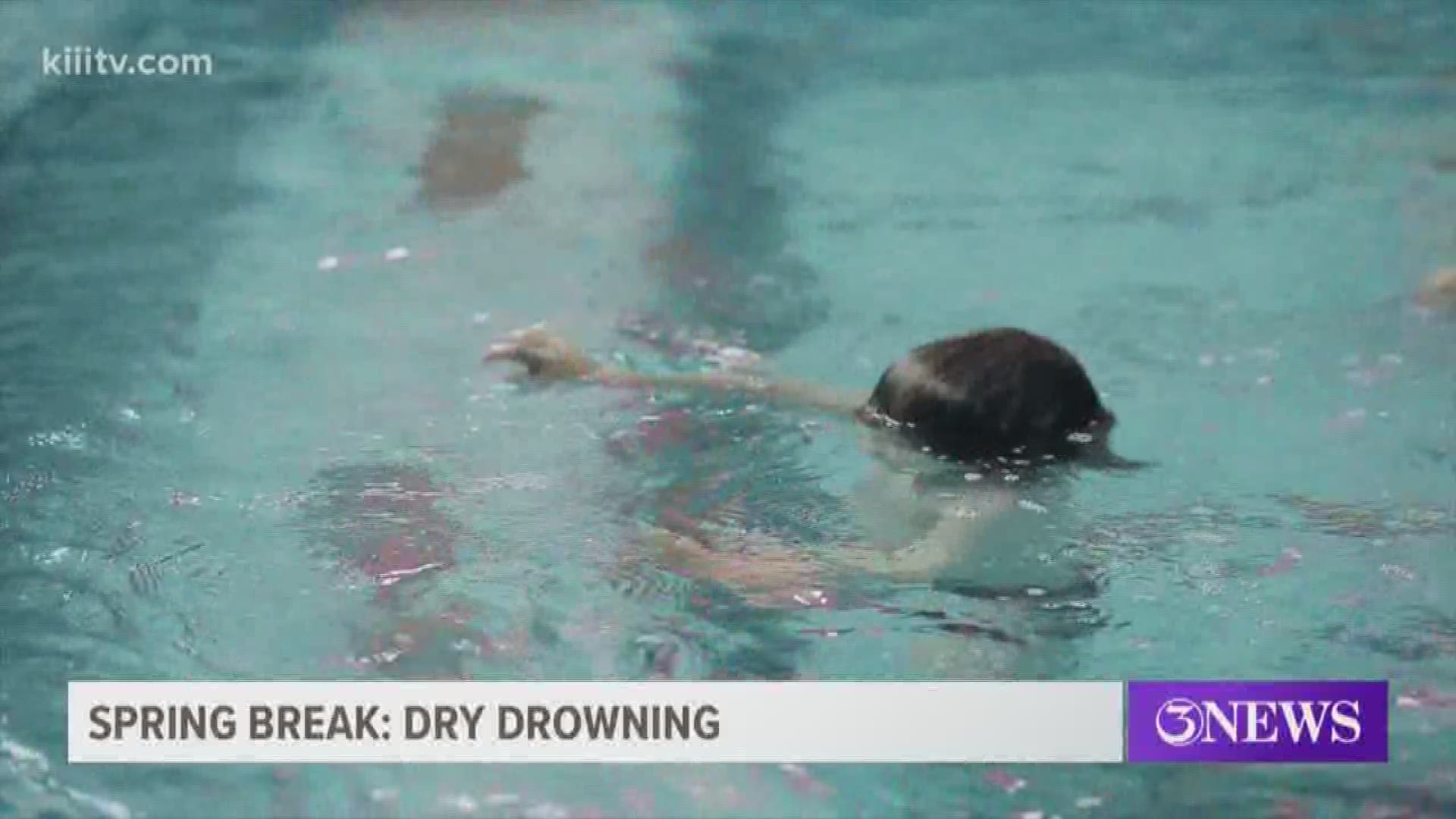CORPUS CHRISTI, Texas — Kids and adults are having fun along our Coastal Bend beaches and around any watering hole they can discover, but those with kids should be aware of the dangers of "dry drowning."
Dry drowning and secondary drowning are two separate conditions, but they are both very serious, especially in children.
Tabetha Ford, trauma educator and injury prevention specialist with Corpus Christi Medical Center Bay Area Hospital, said the signs are similar but they occur at different times.
In dry drowning, the symptoms are seen pretty quickly.
"A dry drowning is pretty prevalent. Usually seen right after exiting the water. You will see once that airway closes you will see that your child is struggling to breathe or has no airway left," Ford said.
With secondary drowning, that's when water goes further down into the respiratory system, and it can take a while to see the effects.
"Secondary drowning is when you actually get some salt water or pool water into your lungs and it settles into your lungs, and typically you start coughing and coughing," Ford said.
It's a persistent, sometimes wet and rattly cough that can last 24 hours or start 24 hours after inhaling water. Trouble breathing, drowsiness, and vomiting are all signs something is wrong.
"They look like they're running but they're just sitting there and they're working really hard to breathe," Ford said. "That's a telltale sign that they're struggling to get air. Do gas exchange, or get oxygen into the bloodstream. You need to take your child to the doctor."
More from 3News on KIIITV.com:

